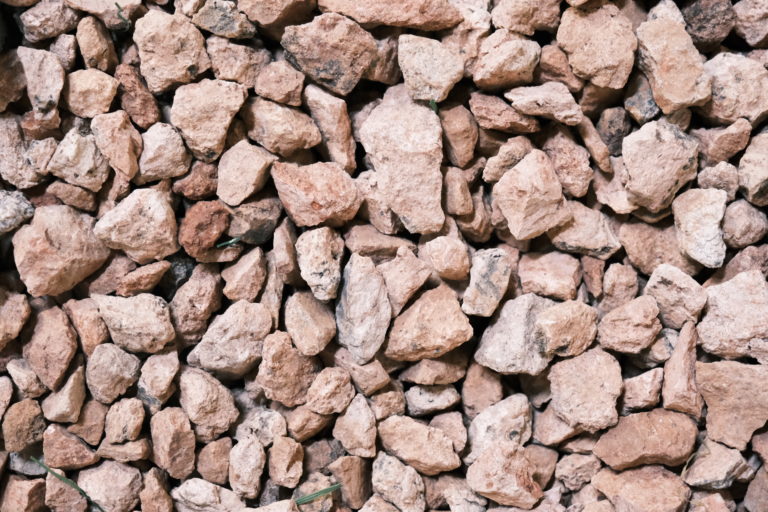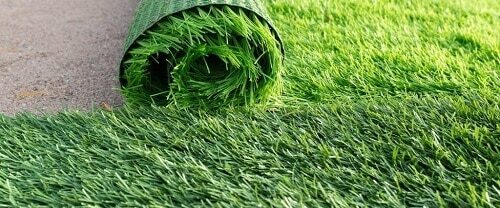The reason people switch to artificial grass is that it’s so much more durable and long-lasting. Sod will easily turn brown, get muddy, be dug up, and get pulled out and seeding is just a hassle and for the birds. Unlike its competition, artificial grass is pretty easy to install but isn’t entirely indestructible. if you tend to neglect your yard. You can find yourself in need of maintenance or repair quicker than you think if you let these maintenance issues go unnoticed.
Chemicals including oil, gas, pesticides, paint, etc. can compromise the structural integrity of your artificial turf, causing it to burn or wilt. They can also affect the lush green color of your grass, resulting in fading or discoloration. Avoid bringing chemicals into contact with your synthetic grass wherever possible. If you need to use chemicals around the exterior of your home, cover your synthetic turf with a tarp or plastic sheet. In the case of spills or leaks, immediately clean the area with a mild detergent to remove as much of the chemical solution as possible.
Artificial grass is wonderful for desert landscaping. But the sun is its number one enemy. The heat from the sun can turn turf brown and even fade it. To prevent this we recommend watering your lawn down to cool the bladed and cover from the heat. Artificial grass can also melt. Things that can melt turf include barbecues, fire pits, cigarettes, and even window reflections. If you experience patches of melted turf please give us a call.
Another common way that artificial grass is damaged is through sharp objects. Bringing sharp objects in contact with your synthetic turf can result in slicing it or otherwise damaging the turf blades. Be careful when using any sharp gardening tools such as rakes, shovels, or trowels. When cross-brushing your artificial turf blades, use a comb with synthetic bristles rather than metal ones to avoid damaging your turf’s blades. Use only plastic tools




